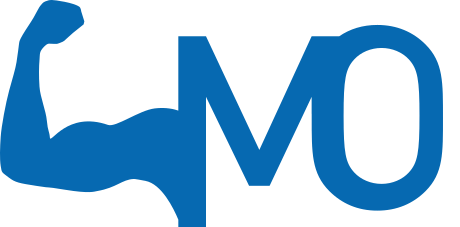As a rule of thumb some muscles may get too strong, and other muscles too weak. Over time this may be one of the causes for developing neck pain or neck stiffness. To restore this muscular balance, neck exercises can be chosen to build up power for the weak muscles and stretch the tight muscles.
Always consult a therapist first, to determine if this low back exercise is good for you. If you don't have a therapist yet, please find one near you by using our therapist map.
List of conditions which could have benefit from this exercise
A diagnosis or exercise prescription for the following conditions could only be done by a medical doctor or your therapist. This list has merely been given to discuss this with your therapist. Neck strengthening exercises should typically not be done when you are in pain. Do this exercise only when you have recovered from the pain or as preventive care.
- Mechanical neck pain, middle back pain, upper back pain.
- Neck herniated disc, neck whiplash, neck muscle strain, neck sprain.
General tips for neck stretching exercises
- Frequency: Mobility exercises are effective in reducing stiffness and improving mobility. The frequency depends on your goal. Doing more exercises than the recommended amount is not always helpful. Please discuss this with your therapist.
- Combine: Do not only do one exercise per session, but combine with similar exercises to have a more powerful effect. On average a total of 3-4 mobility exercises can be advised per session.
- Warming up: This neck exercise functions as a warming up exercise in itself. Please perform this exercise slowly.
- Neck pain: Pain is a warning signal and should never be ignored. The exercise should be done with care since this may worsen your complaint. Do not continue with this exercise if you experience neck pain; please ask your therapist for more information.
- Speed: Do not rush. This exercise should be done slowly.
- Stay alert: Concentrate on aspects such as form, posture, and speed rather than performing the exercise automatically.
- Perform smooth and gentle: Avoid bouncing while slowly moving into the stretch.
- Overuse: Neck pain is most commonly the result of overuse, repeated or prolonged movements of the neck's muscles, tendons, ligaments, or joints. This overuse can result in a strain (muscle injury), a sprain (ligament injury), or inflammation of the neck joints.
- Pillow: Choose a correct pillow to prevent neck complaints. A pillow that is too low or too high may cause a lot of extra stress on your neck. Try to avoid sleeping on your stomach as excessive head rotation may cause neck problems.
- Neck pain risk factors: Change your life style to prevent or minimize neck complaints. Even a small postural change can make a big difference. The most important thing to remember is that the best sitting posture is a variable posture. Therefore, change your posture every ten to fifteen minutes!
Did you know?
Neck pain and back pain are a very common. Most people will suffer one or more episodes of neck or back pain during their lives.


